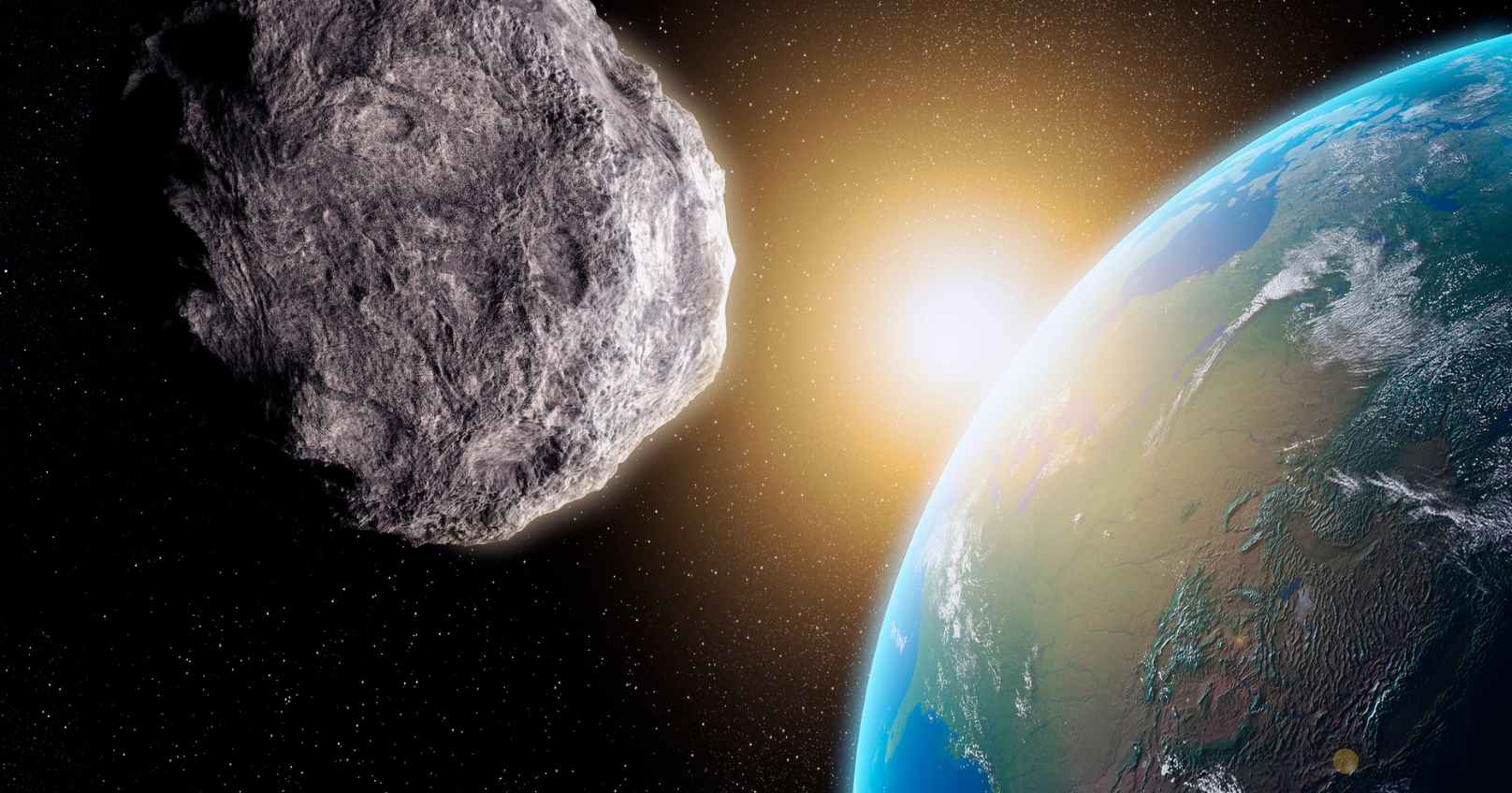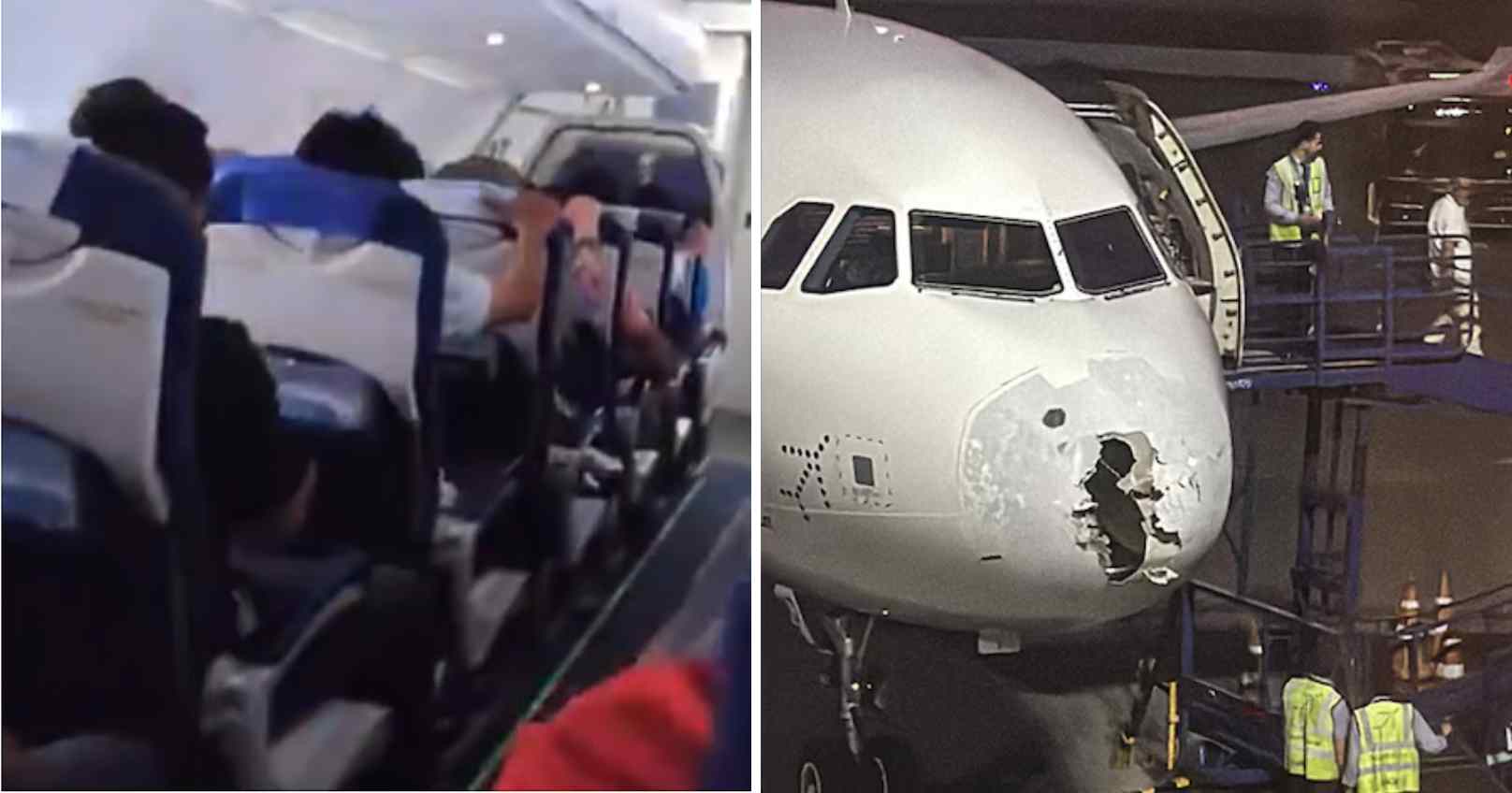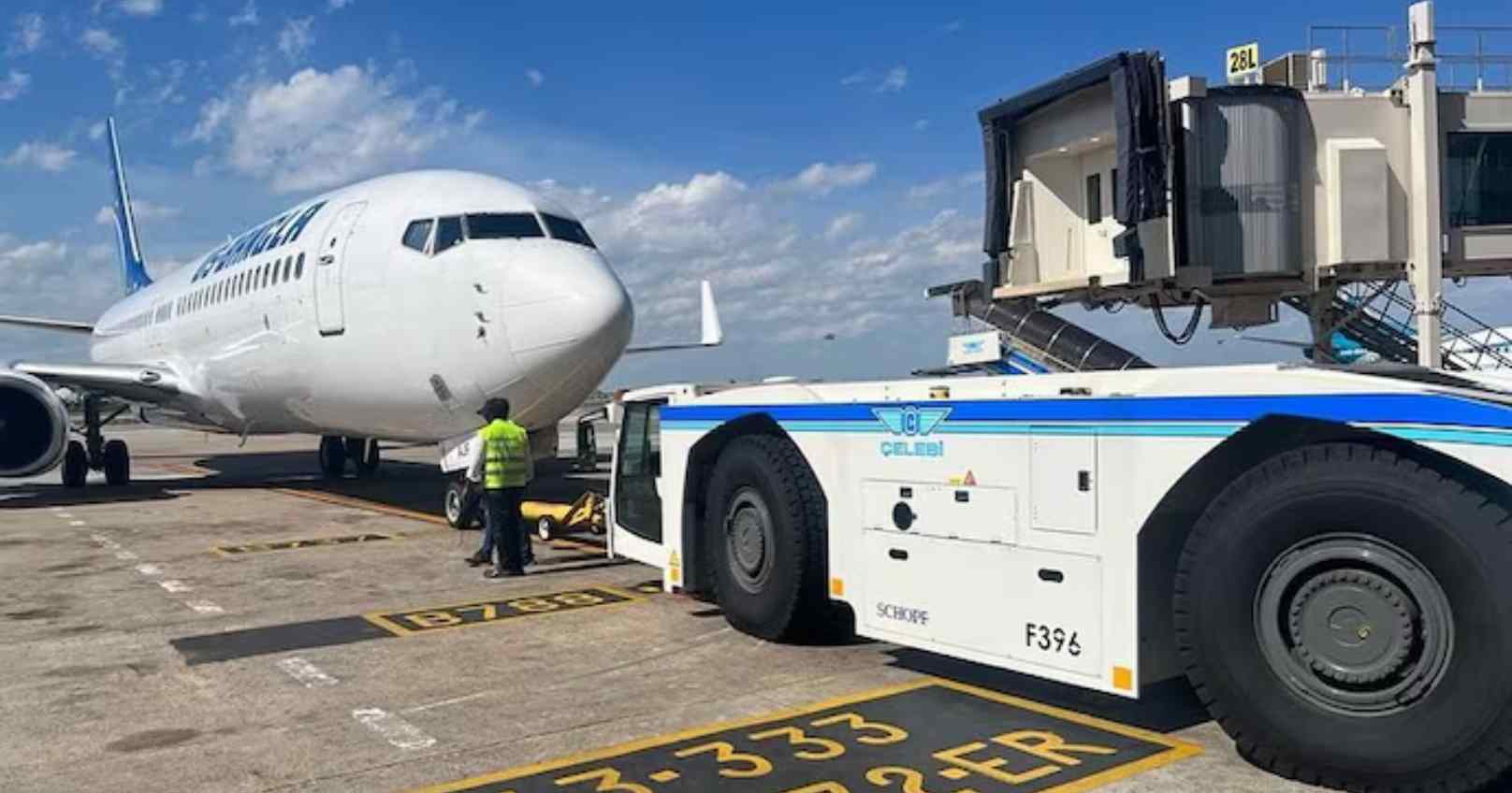In a recent hypothetical exercise, NASA has determined that there is a 72% chance of a potentially hazardous asteroid colliding with Earth, raising concerns about our preparedness to prevent such a disaster. The findings were part of NASA's fifth biennial Planetary Defense Interagency Tabletop Exercise held in April, with the summary released on June 20. This exercise took place at the Johns Hopkins Applied Physics Laboratory in Maryland and included nearly 100 representatives from various U.S. government agencies and international partners.
Though there are no significant asteroid threats known in the foreseeable future, the exercise aimed to evaluate Earth's capability to respond to such a scenario. The simulation provided crucial insights into the risks, response strategies, and collaboration opportunities in the face of varying threat levels.
Lindley Johnson, NASA's Planetary Defense Officer Emeritus, remarked on the challenges posed by the uncertainties in the exercise. He emphasized that a large asteroid impact is a natural disaster that humanity has the technology to predict years in advance, offering a unique opportunity for preventive action.
The exercise scenario involved a hypothetical asteroid with a 72% probability of impacting Earth on July 12, 2038, giving a warning time of 14.25 years. However, NASA noted that initial observations were insufficient to accurately determine the asteroid's size, composition, and long-term trajectory.
The summary highlighted several key gaps in global readiness, including decision-making processes, risk tolerance, rapid implementation of necessary space missions, and effective global coordination of messaging. Additionally, asteroid impact disaster management plans remain undefined.
Notably, this exercise was the first to incorporate data from NASA's DART (Double Asteroid Redirection Test) mission, which successfully demonstrated that a kinetic impactor could alter an asteroid's trajectory.
To enhance future preparedness, NASA is developing the NEO Surveyor, an infrared space telescope designed to accelerate the detection of potentially hazardous near-Earth objects. The NEO Surveyor is scheduled for launch in June 2028 and aims to discover most hazardous objects many years before they pose a threat.







